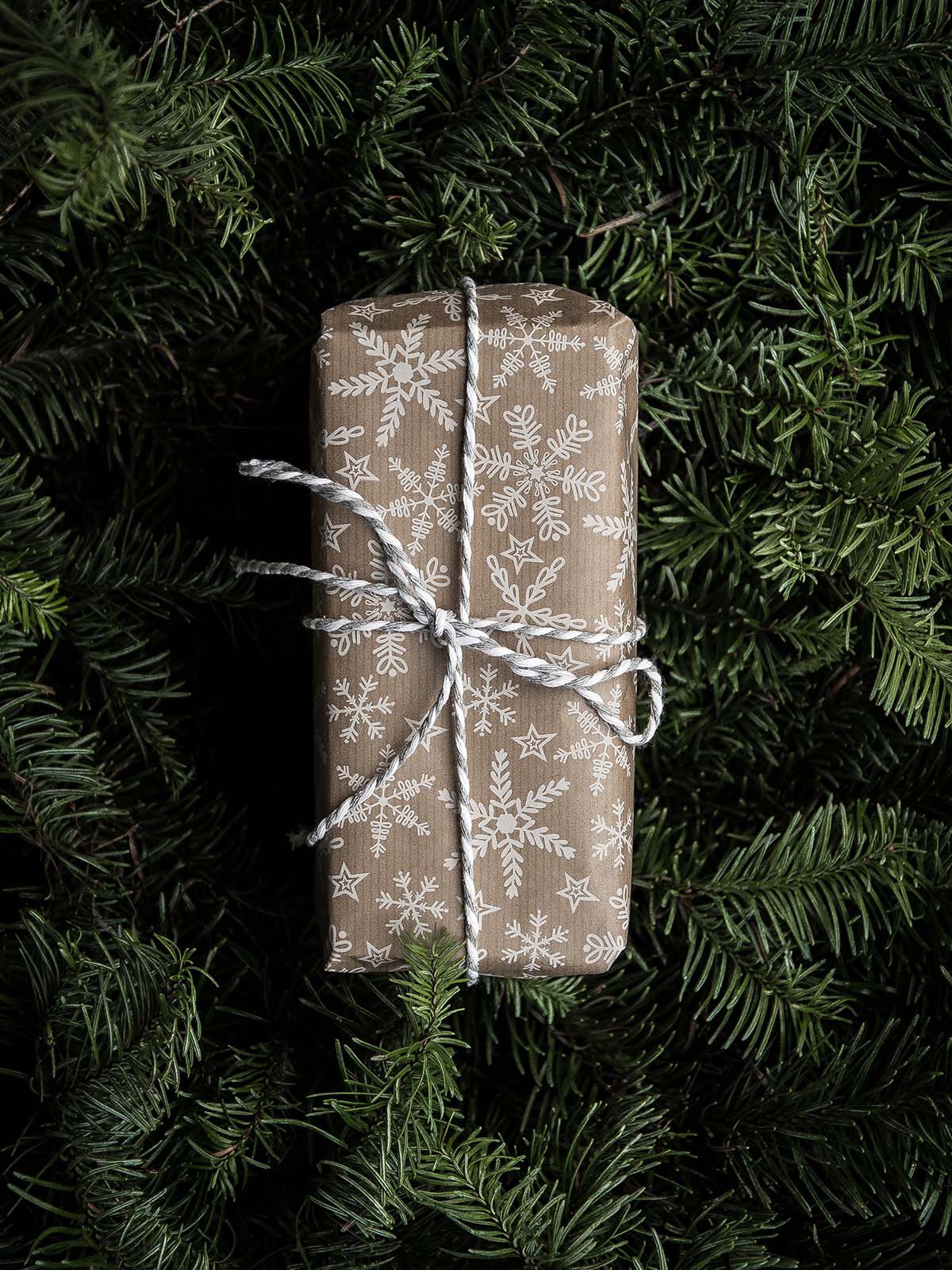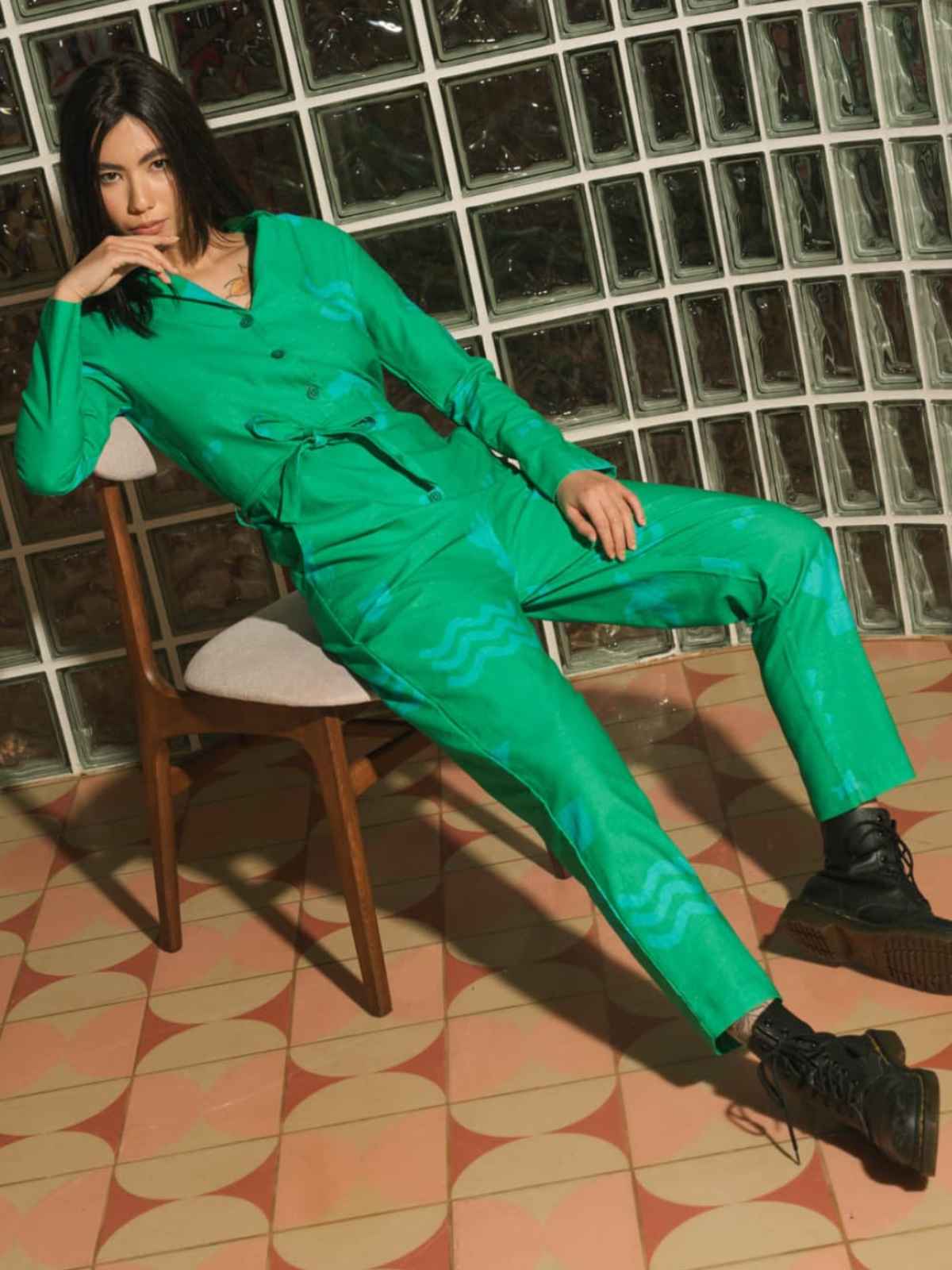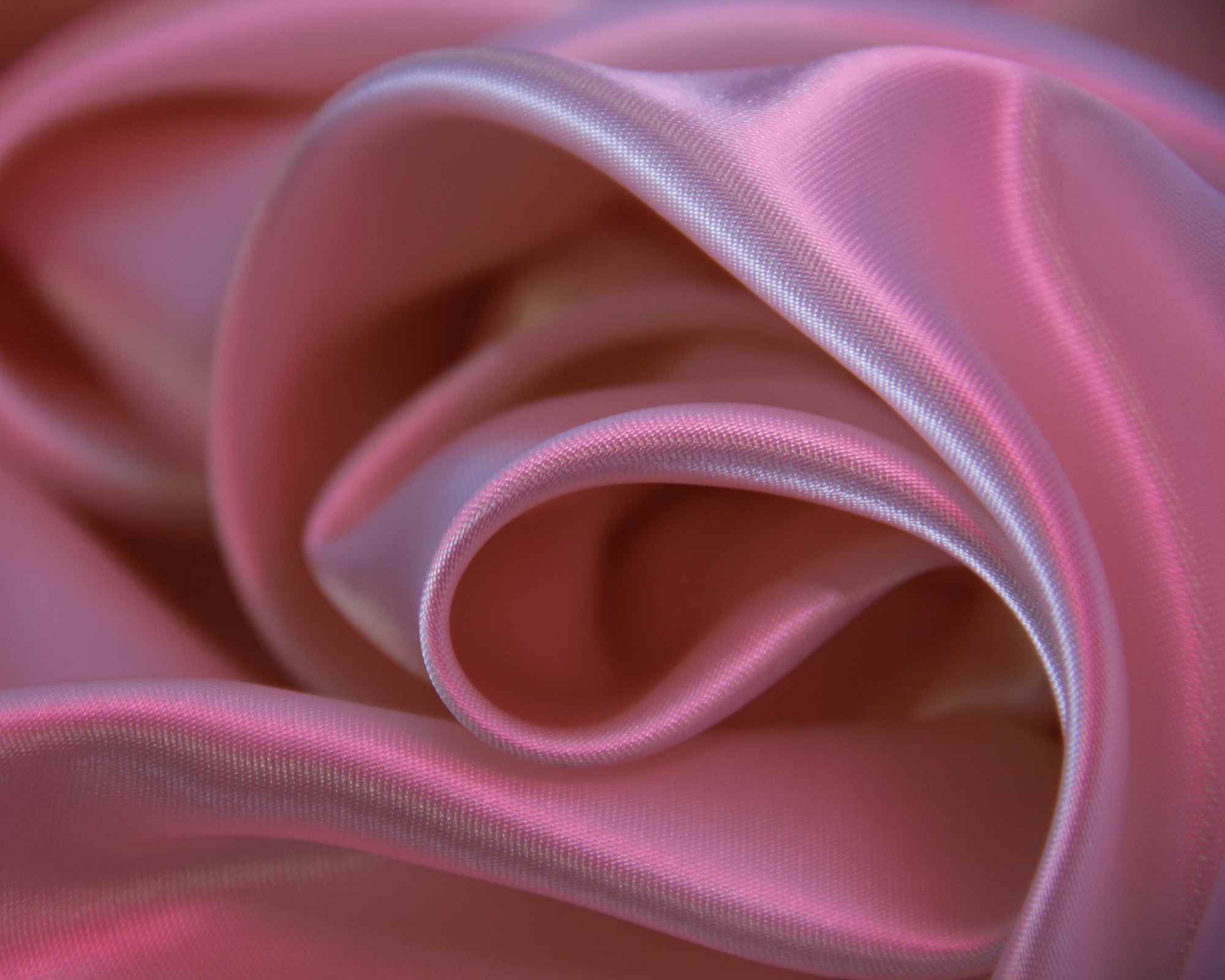In 2024, what are the fabric innovations to look out for, and where are the names we know at right now? Read on to find out.
The new materials landscape in 2024
Sustainable fashion is constantly evolving as experts work to create more responsible materials and alternatives to the conventional fabrics that are negatively impacting the planet, such as leather, fur, and polyester. It’s a pressing issue, given how deeply these materials and their long-established supply chains are ingrained with sustainability issues, particularly when it comes to animal welfare, chemical management, and resource use.
“It’s no secret that the fashion industry relies heavily on materials that are water and energy-intensive to grow or produce, and 57% of fibres produced in 2022 were derived from fossil fuels,” says Kate Hobson-Lloyd, fashion ratings manager at Good On You. “So there’s an urgent need to start moving away from the status quo.”
This research and development has given rise to some promising next-generation materials. ECONYL, for instance, is a regenerated nylon made from synthetic waste found in oceans and landfills, which has now been widely adopted by fashion brands.
There’s also TENCEL Lyocell, another successful alternative fabric that you’re likely to spot when shopping from more sustainable brands. Lenzing, the company behind the material, recently announced that it has created TENCEL fibres with stretch qualities, which could significantly broaden the options for more sustainable stretch materials.
The challenges facing new materials
CIRCULOSE, too, was a promising material made by recycling cotton from worn-out clothes and production waste. Levi’s and H&M were early adopters of the material, but sadly, in March 2024, CIRCULOSE’s parent company Renewcell filed for bankruptcy. Since then, multiple bids have been submitted for the business’ purchase, so here’s hoping it’s not the end for this material.
While the full details of CIRCULOSE’s struggle are still emerging, industry sources have pointed to two key reasons why the business failed: the fabric’s high cost and the fashion industry’s lack of genuine commitment to changing its mindset and manufacturing practices. Creating the infrastructure needed for a brand-new supply chain was also highlighted as a challenge.
Those issues aren’t unique to Renewcell—the entire alternative materials industry faces hurdles like these, and Renewcell’s failure spotlights the need for deep change across the entire fashion industry if new materials are to become a viable, long-term solution to common sustainability issues.
And while next-generation materials are a vital move towards improved sustainability, it’s important to note that they won’t curb the industry’s overproduction and overconsumption problem, which cannot be overlooked—or understated—when considering the steps needed to shift to a better fashion industry.
On a more positive note, in its most recent report, the Material Innovation Initiative wrote that globally in 2023, there were 144 companies dedicated to researching and developing next-generation materials—up from 95 in 2021. The materials range from plant-based down alternatives to a meltable and compostable polyester substitute.
What the experts say
The state of next-generation materials is constantly changing with scientific developments, rounds of investment, and infrastructure improvements, and it’s easy to get excited when a new fabric emerges that promises sustainability and functionality in equal measure. But industry experts caution that to be successful, new materials must be put through their paces.
Hobson-Lloyd says: “Developing new materials that meet the stringent performance demands of clothing, footwear and accessories is no easy task, and it’s great to see so many companies rising to the challenge. As a result, there are some very exciting developments being made in less resource-intensive materials, and new alternatives to animal-derived materials.”
She continues: “At Good On You, we look forward to learning more about the environmental and social impacts of emerging materials as more research is conducted. While initial developments look very promising, we must be certain that novel materials are genuinely better alternatives to conventional materials before we take them into account in our methodology.”
Beth Jensen, senior director, climate and nature impact at Textile Exchange, echoes that sentiment: “When we think about innovative materials, we consider innovations within existing systems, such as regenerative agriculture and textile-to-textile recycling, along with new alternatives to traditional materials. In either case, innovations must have a robust chain of custody systems to track the supply chain back to origin, scientifically-backed data to show the current and future opportunities for beneficial impact, and have the potential for circularity at the end of life, alongside scalability. Overall, this will require the industry to continue to identify, research, and align on new solutions.”
With that, then, here are six material innovations—all at various stages of scale and development—to watch in the more sustainable fashion space.
Mirum by Natural Fiber Welding
Described as “the world’s first plastic-free alternative to leather”, Mirum is made from plant-based oil, responsibly sourced natural rubber, minerals, natural pigments, and a proprietary curative. Its maker, Natural Fiber Welding, says that Mirum has the potential to be circular, scalable, customisable and is already low-carbon.
Mirum is still in its early stages, but the future looks promising. Business Insider reports that the Mirum secured $160 million in investment, and so far, Ralph Lauren, Allbirds, and Stella McCartney have used Mirum in their designs, alongside its use in automotive interiors. And in September 2023, Natural Fiber Welding announced a partnership with Swedish industrial process company IPCO, to scale up the material’s manufacturing.
Biosteel by AMSilk
Historical alternatives to silk have included viscose and acetate, but in the last decade, scientists have been exploring ways to harness spider silk instead. One of several companies working in this area is AMSilk. The Munich-based laboratory has created Biosteel with spider silk proteins, which are synthesised using recombinant bacteria. The company says this new material is “thinner and more delicate than the products of Mulberry silk”. It’s also certified vegan and cruelty-free. In 2016, Adidas used the fibre to create a new trainer, while in 2019, the watchmaker Omega incorporated Biosteel in a NATO watch strap, and non-fashion uses have been employed by Mercedes and Airbus.
In January 2024, AMSilk and biotech production firm 21st.BIO agreed to partner on the upscaling of Biosteel, and there’s also news that the company has patented a new biosilk-based material for performance clothing, so we might see more spider silk-based garments appearing on the market in the coming years.
Savian by BioFluff
Championed by Ganni, Stella McCartney and LVMH, Savian is a selection of plant-based alternatives to shearling and fur that use nettle, hemp and flax to recreate the fuzzy textures. All Savian’s fibres are sourced in the EU (some of which come from agricultural waste) and its dyes are plant-based, while the materials themselves are made in Italy. They’re also certified as vegan and GMO-free.
BioFluff has recently secured significant investment to scale up its production, and gave an exciting demonstration of what’s to come in a collaboration with Stella McCartney to exhibit a coat made from Savian fur at COP28.
FLWRDWN by Pangaia
Material science company Pangaia (which you might also recognise as a maker of more responsible sweats) has innovated a range of next-generation materials and finishes, including PPRMINT, a plant-based antimicrobial treatment for clothes to reduce odours, and FLWRDWN, an alternative to animal-derived down that’s made using wildflowers.
To create FLWRDWN, the brand combines a cellulosic aerogel, a biopolymer made from corn or sugar cane, and responsibly sourced wildflowers to bring out the latter’s thermal properties, since they have a microstructure that resembles down. The material was a decade in the making and has been used across the brand’s outerwear since 2020, as well as by other brands including ME+EM.
Vegetable Cashmere by KD New York
KD New York launched a Kickstarter campaign in 2019 to get its Vegetable Cashmere fabric over the line, and it has since succeeded in scaling up production. The company takes pulp from tofu production and spins it into soy protein, creating a material that feels and looks similar to goat-derived cashmere. It’s also machine washable, moth-resistant, and stronger than the original material.
While the material is only used in the brand’s proprietary designs, rather than across the industry, alternative-cashmere competitors are popping up, signalling a renewed interest in the material. It makes sense, given the cruel realities of animal-derived cashmere.
Bananatex by QWSTION
Bananatex by QWSTION is a durable fabric made purely from banana plants, which are said to be “self-sufficient” as they require no pesticides, fertiliser, or extra water. The material comes in three weights, offering multiple uses, and is certified Cradle to Cradle Gold. QWSTION also makes clothes and accessories from the material, and it’s been incorporated into designs by other brands, such as Stella McCartney, COS, and H&M.
In January 2024, Banantex secured investment from environmental organisation Parley, and the company is also branching out into new kinds of material. In 2023, it was shortlisted for material innovation in the Dezeen Awards for its compostable jersey. The fabric is made using pulp from banana plant stalks that is processed and knitted into a soft and lightweight jersey fabric.




















